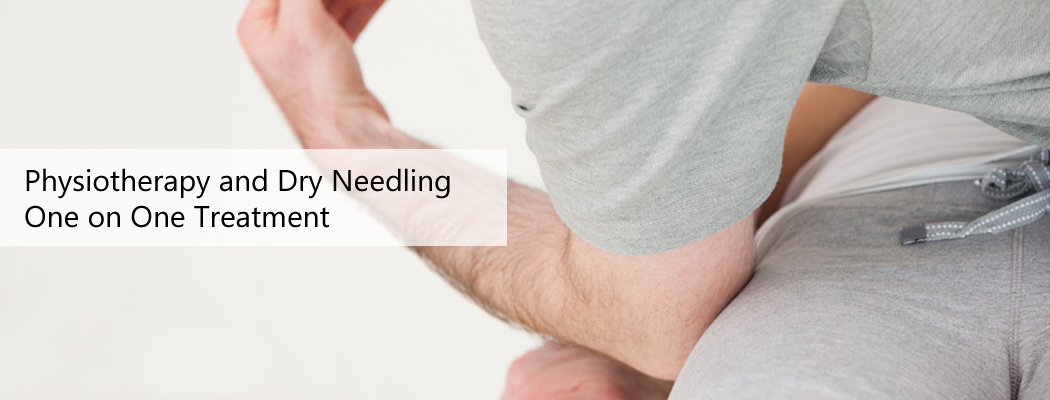Physiotherapy in North Vancouver for Knee
Q: Mother complains about her aching arthritic knees. We can even hear them creaking when she stands up. Her doctor keeps telling her to stay active and exercise. But how can she when she hurts so much?
A: People with knee osteoarthritis are encouraged to maintain an active lifestyle and to exercise those arthritic knees. But as you point out, that seems counter intuitive -- if your knees hurt, why would you move and exercise them more?
But study after study confirms that this is good advice. For example, a large study was done by the Osteoarthritis Initiative (OAI) that confirmed this counsel as good advice. The Osteoarthritis Initiative investigators are supported by a combination of public and private funds from around the United States.
These investigators are from the well-known Rehab Institute of Chicago (RIC), Ohio State University, University of California (San Francisco), and Northwestern University School of Medicine. Their report based on over 2200 people with knee arthritis confirmed (again!) the advice to exercise and stay active.
But patients have to be convinced that exercise really makes a difference. And sometimes they need a little extra help getting started. The first step is getting control of the pain, aching, and stiffness that often accompanies knee osteoarthritis. You might want to confer with her physician (with her permission, of course) and review what medications are being used and what might help get her on a more active course.
Then find out what she would like to do if her knees weren't bothering her. Organizing a plan of action around what would motivate her might help improve compliance. Some seniors seek out group activities with friends or other seniors.
There are walking clubs that meet in malls to walk together. There are pool exercise groups specifically designed for older adults with some physical limitations. Check with the Senior Citizens Center or Adult Aging Services in her area and find out what's available.
For those who prefer to exercise alone, a home exercise bicycle might be just the ticket. There are also a variety of television shows aimed at the more sedentary population (e.g., Sit and Be Fit) who don't want to leave home.
Even increasing her physical activity and exercise level a little can make a difference. Of course, it's possible that she would be a good candidate for knee replacement surgery, so that may be worth looking into.
Whatever approach you take, experts agree the best advice physicians, public health professionals, and physiotherapists can give older adults with knee osteoarthritis is to keep moving. Physical activity and exercise are proven to reverse decline and improve function.
Reference: Dorothy D. Dunlop, PhD, et al. Moving to Maintain Function in Knee Osteoarthritis: Evidence From the Osteoarthritis Initiative. In Archives of Physical Medicine and Rehabilitation. May 2010. Vol. 91. No. 5. Pp. 714-721.




